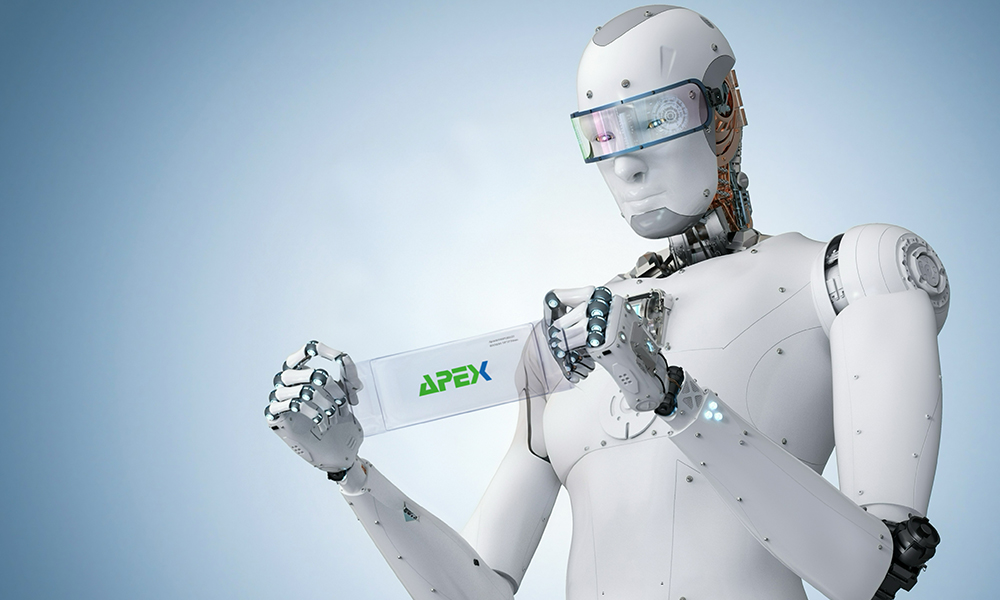AI-TEM

Graphene Solid-State Battery Materials and Technologies
SES AI’s approach versus
other approaches
AI-Assisted
Technical Roadmap
The core technology leverages graphene composite materials. The key principle lies in replacing conventional liquid electrolytes with graphene-based solid electrolytes. Apex Graphene plays a pivotal role in this field by developing graphene composites and technologies to identify solid-state electrolytes with high ionic conductivity and chemical stability during the R&D process.
Modeling of Electrochemical Reaction Mechanisms
A multiphysics approach is used to analyze the charge/discharge mechanisms in solid-state batteries:
• Optimization of Lithium-Ion Transport Pathways: Unlike traditional batteries where lithium ions migrate through liquid electrolytes, in solid-state systems ions must traverse the solid electrolyte lattice.
• AI simulations are used to evaluate how different solid electrolyte structures affect lithium-ion diffusion rates and optimize the crystal channel design.
• AI also predicts electrochemical behavior under varying temperatures—e.g., revealing microscopic causes of lithium-ion mobility reduction at low temperatures. By modifying graphene solid electrolyte materials, low-temperature performance is improved (e.g., capacity fade at -30°C is reduced from 50% in conventional batteries to 10%).
Interface Reaction Mechanism Analysis
The electrode/electrolyte interface in solid-state batteries tends to form high-impedance layers, which degrade performance over time. Apex uncovers failure mechanisms through atomic-level microanalysis:
• AI-Assisted Transmission Electron Microscopy (AI-TEM): Using AI-TEM, lattice oxygen loss, slip, and fragmentation phenomena are observed in layered oxide cathode materials at the atomic scale, revealing the link between interfacial degradation and battery capacity fade.
Performance Degradation and Life Prediction
Quantum computing and physical modeling are used to create digital twins of batteries that monitor microscopic material defects (such as grain boundary cracks or interfacial side reactions) in real time and predict battery cycle life.
SES AI electrolyte uses a high concentration solvent-in-salt approach. A conventional liquid electrolyte is low concentration, where the salt is coordinated by solvent and there are free solvent molecules, rendering the overall electrolyte stability of Li-Metal poor.
In SES AI's high concentration electrolyte, the solvent is coordinated by the salt, and there are no free solvent molecules. This allows the electrolyte to achieve unprecedented Coulombic efficiency of>99.6% on Li-Metal. Without this high concentration approach, it was thought liquid electrolyte could never achieve such high stability on Li-Metal and high voltage cathode at the same time.
Electrolyte composition
Salt
Maps the vast universe of small molecules and develops an AI Agent to accelerate material discovery for Li-Metal and Li-ion across many applications.
Molecular Universe
Maps the vast universe of small molecules and develops an AI Agent to accelerate material discovery for Li-Metal and Li-ion across many applications.
Molecular Universe
Maps the vast universe of small molecules and develops an AI Agent to accelerate material discovery for Li-Metal and Li-ion across many applications.

Associate Chemist
Associate Chemist
Associate Chemist
Associate Chemist
Conclusion
In the study of solid-state battery principles, AI serves a dual role as an “intelligent microscope” and “supercomputing engine.” It not only accelerates the discovery of graphene materials and interface optimization but also reveals fundamental electrochemical behaviors at the atomic scale.
With a data-driven R&D paradigm, AI and big data propel solid-state batteries from lab-scale to mass production. Through high-throughput screening, interdisciplinary knowledge mining, and automated experimental validation, material discovery shifts from trial-and-error to precision design.
This approach significantly shortens development cycles (from years to months), addresses key challenges such as high energy density, safety, and cost, and reduces risks associated with industrialization.
